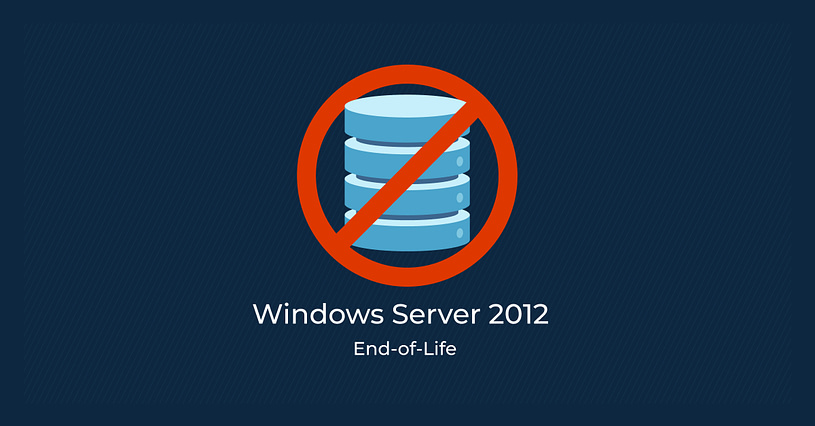The End of an Era: Windows Server 2012 & 2012 R2 Reaches the End of Life.
In the fast-paced world of technology, operating systems come and go, evolving to meet the ever-changing needs of businesses and organizations. Windows Server 2012, once a stalwart in the realm of server operating systems, has officially reached its end of life (EOL). This marks the end of an era and the need for users to consider their next steps. In this article, we’ll discuss the implications of Windows Server 2012’s EOL and what it means for organizations and their IT infrastructure.
The Significance of End of Life
When a software product, like an operating system, reaches its end of life, it means that the manufacturer will no longer provide updates, security patches, or technical support. For Windows Server 2012 & 2012 R2, their EOL arrived yesterday October 10, 2023, which means that Microsoft has ceased to offer these essential services.
The Implications
- Security Risks: Perhaps the most pressing concern with an EOL operating system is the security risk. Without regular security updates, vulnerabilities that are discovered in the software will remain unpatched, leaving the system exposed to potential threats. This can be particularly problematic for servers, which often store sensitive and critical data.
- Compliance Challenges: Many businesses and organizations have legal or regulatory requirements regarding the software they use. Continuing to run an EOL operating system can lead to compliance issues, potentially resulting in fines or other legal repercussions.
- Reduced Efficiency: Over time, an EOL operating system may become less efficient and compatible with newer software applications and hardware. This can hinder productivity and limit the organization’s ability to take advantage of new technologies.
- Limited Software Support: As time goes on, software vendors may stop supporting their applications on EOL operating systems. This can be especially problematic if an organization relies on specific software that becomes incompatible.
What to Do Next
Organizations using Windows Server 2012 & 2012 R2 have several options to consider in light of its EOL:
- Upgrade to a Supported Version: The most straightforward solution is to upgrade to a more recent version of Windows Server. Windows Server 2016, Windows Server 2019, or the latest version, depending on the organization’s needs, are all viable options.
- Move to the Cloud: Many organizations are opting to migrate their workloads to cloud-based platforms like Microsoft Azure, Amazon Web Services, or Google Cloud Platform. This can provide flexibility, scalability, and built-in security updates.
- Implement a Hybrid Solution: For some organizations, a hybrid solution might make the most sense. This involves running a combination of on-premises servers and cloud services, offering the best of both worlds.
- Reevaluate Infrastructure Needs: The EOL of an operating system is an excellent time to reassess an organization’s infrastructure requirements. Consider whether a major overhaul or modernization is needed to better align with the organization’s goals.
- Enhance Security Measures: If an immediate upgrade is not feasible, it’s crucial to enhance security measures. Implement firewalls, intrusion detection systems, and access controls to mitigate potential security risks.
The end of life for Windows Server 2012 & 2012 R2 is a reminder that technology evolves, and organizations must adapt to stay secure and competitive. Neglecting to address this EOL can have serious consequences, ranging from security vulnerabilities to compliance issues. Therefore, it’s essential for businesses and organizations to plan for the future, whether that involves upgrading to a supported version, embracing the cloud, or making other strategic IT decisions. In the world of technology, change is constant, and those who adapt can thrive in the digital landscape.


Leave a Reply